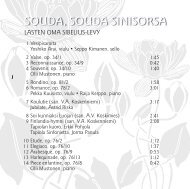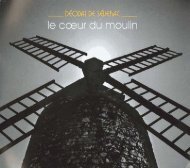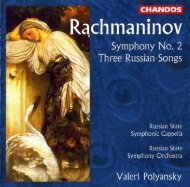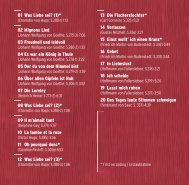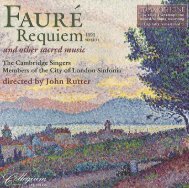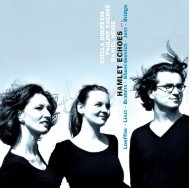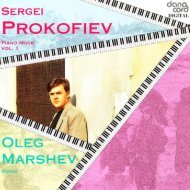Erfolgreiche ePaper selbst erstellen
Machen Sie aus Ihren PDF Publikationen ein blätterbares Flipbook mit unserer einzigartigen Google optimierten e-Paper Software.
THE SONG“Song is the language of the heart, the expression of the nation,” according to the May 15, 1843, editionof the Wiener Zeitung. 1 And for good reason: in the 19th century, the German-language song was in factnot just a musical genre but at once a symbol of national and cultural identity as well. But what aboutLiszt’s Lieder, the first collection of which was released that very same year by the Berlin music publisherSchlesinger?With respect to his works, the word “Lied” (song) can be used only as a collective term. Although themajority of the texts that were put to music by composers were in fact written by German-speaking poets,and Liszt, the French-speaking Hungarian, played a not insignificant role in the creation of Germany’scultural nationality 2 , his Lieder show instead a striking richness of languages, genres and musical styles– very much in keeping with the complex national and cultural identity of the musician himself. The firstvolume of his book of songs does contain the scoring of German poems, but it also has an Italian romance(Angiolin dal biondo crin), and the second volume, released one year later, contains six French melodiesaccompanying poems by Victor Hugo. The second of the Hugo songs, Comment disaient-ils, was tailoredto the voice of a singing star at the Paris Théâtre Italien, Laure Cinti-Damoreau. 3Heinrich Heine was somewhat skeptical of Liszt’s compositional and literary ambitions: “I have to tell youthat, although I love Liszt, his music does not have a very pleasant effect on my disposition, particularlysince I am a Sunday child and thus also see the spirits that others only hear,” he wrote in 1838 in his tenthIntimate Letter, and he meant to hear in the musician’s piano piece the four mystical beasts of the Apocalypse.(“I saw quite clearly the ox with the book in its hand”). 4 Reflecting on Heine’s comments, it shouldbe noted that beginning in the late 1830s, Liszt, the instrumental composer, began composing a greatnumber of songs, that his first collection of Lieder bears the same title as Heine’s well-known volume ofpoetry, published in 1827, and that the first two numbers in his Lied opus are scorings of Heine (Die Loreley,Am [sic] Rhein im schönen Strome).Although Heine’s portrayal of Liszt was obviously intended as a caricature, it must be admitted that Liszt’sLieder are not in fact a part of the canon of the masterpieces of musical history and that this is no co-



